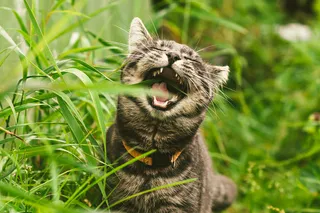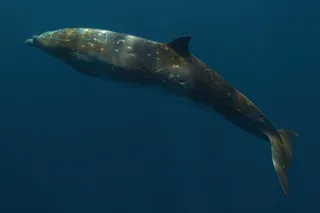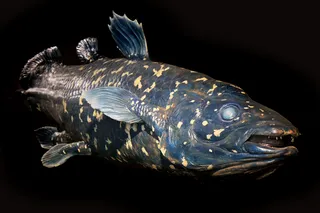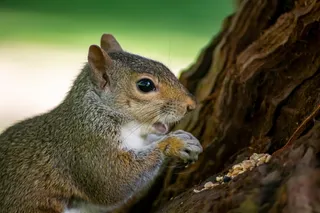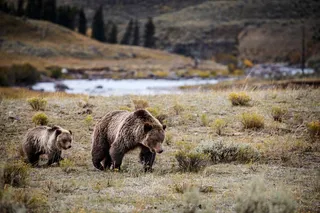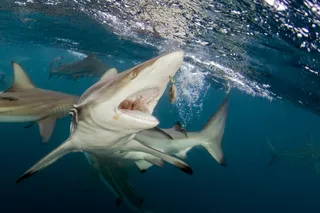Warmer winters in Norway seem to be causing a decline in lemming populations, according to a new study, and researchers say the decline of the rodent is having a cascading effect. Lemming predators, like foxes and owls, have been forced to hunt different prey in what researchers call a clear-cut example of how global warming can have a disruptive impact on entire ecosystems.
Lemming populations throughout Scandinavia tend to explode naturally every three to five years, causing huge numbers to go in search of food. Occasionally this leads the rodents to jump into water and swim to new pastures new—the origin of the myth that lemmings commit mass suicide. When lemmings boom, they're hard to miss. Norwegians have had to use snowplows to clear the squashed rodents off the roads [National Geographic News].
But the study of lemming populations during the last four decades found no population explosions since 1994. ...


